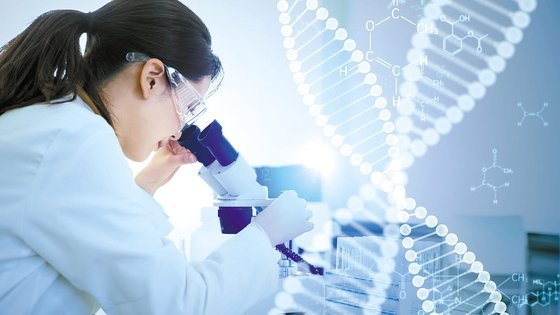
Across the Asia Pacific, antimicrobial resistance (AMR) is a growing public health challenge with far-reaching implications for both human and animal health. In 2019, AMR was linked to 1.27 million deaths worldwide, more than HIV or malaria.
When microorganisms such as bacteria, viruses, or fungi learn to resist the medicines designed to kill them, infections become harder—or even impossible—to treat. This isn’t just a medical problem. It’s a human, animal, and environmental challenge.
One Health: The Connection We Can’t Ignore
Health experts widely agree that human, animal, and environmental health are closely connected—a concept known as “One Health.” In AMR, this link is clear: Changes in any one of these areas can influence the others.
Addressing AMR requires tackling its main drivers: the rapid evolution of pathogens, often accelerated by antimicrobial use in both humans and animals, and the limited pace of innovation in developing new treatments. In animal health, for instance, the overuse or misuse of antibiotics in livestock can lead to resistant bacteria that affects people, animals, and ecosystems.
Preserving the effectiveness of today’s medicines depends on responsible use of antimicrobials in both veterinary and human medicine, alongside faster innovation in new treatments.
How Livestock Practices Affect Human Health
For decades, antimicrobials have been used in livestock to treat and prevent disease. While this supports animal health and food production, widespread use can create conditions where resistant bacteria thrive. These bacteria can reach humans through direct contact with animals, environmental contamination of soil and water, or via the food chain.
When resistant bacteria from an animal source colonize a human, they can cause infections that are harder to treat with existing antibiotics. This makes animal agriculture an important area of focus in the global effort to curb AMR.
The solution is not to compromise animal welfare or food security. It is to move from largely untargeted antibiotic treatment to proactive immunization through vaccination, guided by the One Health approach.
Innovation on the Frontline
Prevention via vaccination is the first line of defense. By focusing on prediction, prevention, detection, and targeted treatment, we can help preserve the effectiveness of critical antibiotics, protect public health, and sustain food systems for the future. Innovation in animal health can help reduce antibiotic use and protect human medicine.
Cross-Sector Collaboration is key
No single sector can solve AMR alone. It will require bold and coordinated action from governments, industry, academia, healthcare providers, veterinarians, and civil society to implement policies that create effective markets for innovation. These policies must reward research, ensure access, and promote responsible use. Pull incentives, such as those under discussion in the US, EU, and UK, are critical to make new antibiotics viable.
Governments, working with stakeholders, can create effective markets for new antimicrobials by introducing incentive programs that make innovation viable and sustainable. These programs should be large enough to drive long-term R&D, fair at a global level, and designed to support responsible use. They need to be practical in implementation, clear for all stakeholders, and ensure timely access by increasing supply where needed.
The animal health industry also plays a vital role by driving preventive measures and committing to pandemic preparedness and industry coalition. As an example, Boehringer Ingelheim recently made a commitment of EUR 200 million to combat emerging infectious diseases, supported by a multi-pillar strategy to address AMR, showing how targeted investment can support turning these goals into reality. Strong policy leadership and genuine collaboration are essential to overcome scientific and commercial barriers to developing new antimicrobials. Collaborative initiatives such as the AMR Action Fund, which pools resources to accelerate antibiotic development, and AUROBAC Therapeutics, a joint venture advancing targeted antimicrobial solutions, demonstrate the power of collective models. These efforts reflect the shared responsibility needed to address AMR, turning ideas into impact.
Building a sustainable and robust R&D pipeline for new antimicrobials requires alignment across public health authorities, regulators, funders, researchers, and industry partners. Together, we must focus on shared goals: safeguarding the effectiveness of existing medicines, accelerating new development, exploring means to reduce the use of antimicrobials in daily practise, and ensuring treatments are accessible to those who need them.
Equally important is the commitment to responsible antibiotic use in both human and animal health. This is vital to slow the spread of resistance and preserve life-saving tools for generations to come. Farmers should work with veterinarians to prevent disease through vaccination and biosecurity, use tests to guide treatment, avoid routine preventive antibiotics, and share antibiotic use data with local surveillance. Veterinarians should prescribe only when needed, use rapid tests and susceptibility testing, choose narrow-spectrum medicines, reserve critically important antibiotics, and educate clients while tracking outcomes.
This is vital to slow the spread of resistance and preserve these life-saving tools for generations to come. The stakes are high, but with coordinated action and shared responsibility, we can protect the future of medicine.



